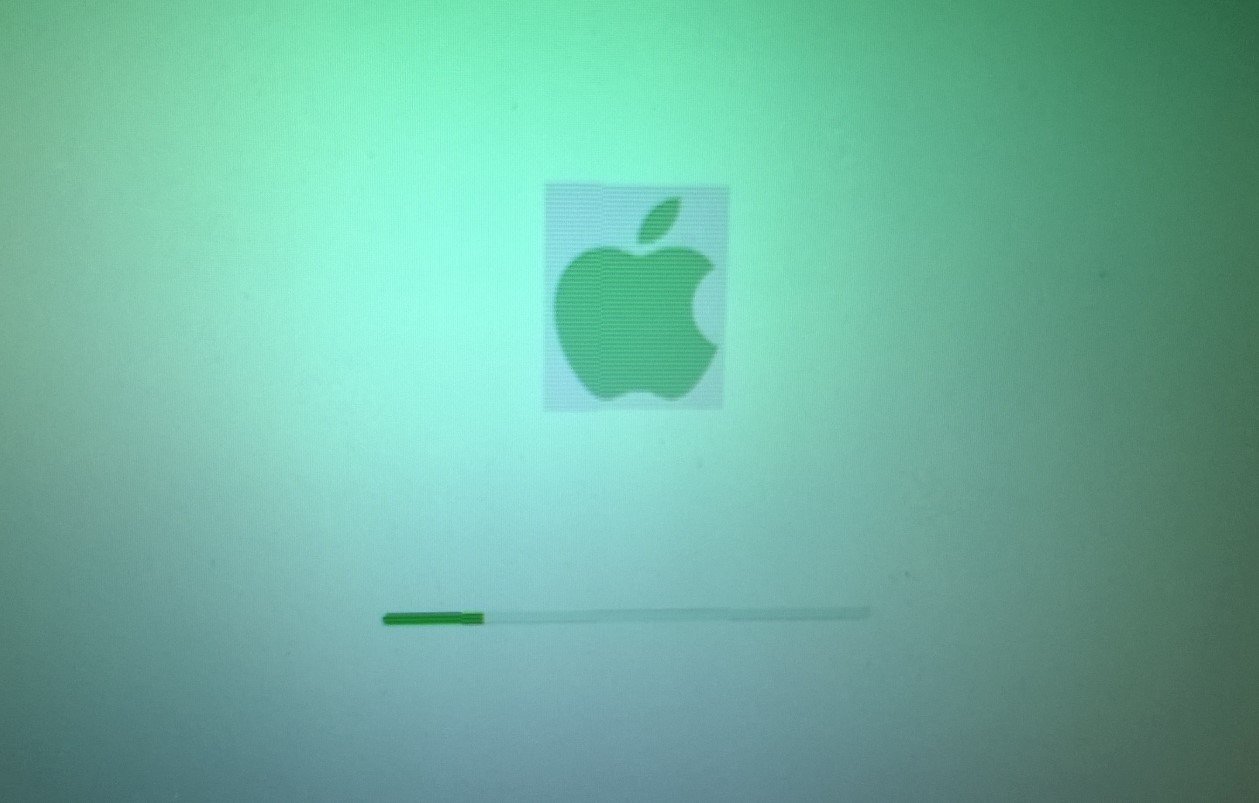News
Quantum Clock Ticking: 25% of Bitcoin Supply May Be Vulnerable
Bitcoin, trading near $108k, faces a hidden threat—quantum computing. Roughly a quarter of all BTC could fall prey once quantum machines catch up. This isn’t science fiction—it’s a ticking real-world dilemma.
What’s Behind the Quantum Threat
Bitcoin depends on public/private keypairs—public keys can be visible on-chain, but private ones are secret. A quantum computer with enough qubits could reverse-engineer private keys from public ones using Shor’s algorithm. That means access to wallets without users even knowing. The concern? Early addresses, especially from pre-2010 era, have public keys widely exposed—making them prime targets.
A Deloitte analysis suggests up to 4 million BTC—around 25% of usable supply—could be compromised once quantum tech matures. That includes coins in abandoned wallets or old addresses. For now, they’re locked away, possibly forever.
Speed of Quantum Advances
Back in 2012, breaking RSA-2048 (a similar problem) would’ve needed a billion qubits. By 2019, that dropped to 20 million. Today, experts estimate around 1 million qubits would suffice. That’s a 1,000× improvement in just over a decade. Quantum hardware is moving fast—though qubit stability remains a challenge.
In late-2024, Google revealed its “Willow” chip and structural improvements in qubit control. While still far from breaching Bitcoin’s cryptography, this underscores that the window to act may be shorter than previously thought.
Community Under Pressure to Fix
Preparing Bitcoin for a quantum future is no small task. Some researchers at the University of Kent estimate a network upgrade could take:
~75 days offline at full speed
Over 300 days if traffic continues uninterrupted
That’s just the core protocol. Then comes migrating funds: billions of dollars in old BTC would need moving to safer, post-quantum addresses. And many of those coins are stuck—keys lost or wallets forgotten.
Why Investors Should Sit Up
This threat isn’t tomorrow—it’s potentially within a decade. For long-term BTC holders, it changes the investment thesis:
If you own Bitcoin for its secure, decentralized transactions, that trust could evaporate.
In the worst case, quantum theft floods the market, crashing prices and hurting sentiment.
Even quantum-resistant altcoins might get swept up in the chaos.
Some projects, notably Solana, are racing toward quantum-resistant systems. But they’re small potatoes if Bitcoin implodes—altcoins may suffer collateral damage.
Is There a Fail-Safe?
There’s a roadmap, but it’s messy:
Transition Bitcoin to post-quantum cryptography.
Migrate existing coins in old addresses to quantum-secure ones.
Build consensus across developers, miners, nodes—no simple fork.
Past hard forks (like SegWit or Taproot) took years of debate. A quantum-proof upgrade could be slower and more controversial.
The fear? Time is running out. Quantum research is gaining momentum and capital—from governments and tech giants alike. Build fast, break crypto.
Snapshot Table: Quantum vs. Bitcoin Security
| Year | Qubits Needed (RSA-2048) | Quantum Breakthroughs |
|---|---|---|
| 2012 | ~1 billion | Theoretical Shor’s testbeds |
| 2019 | ~20 million | Early lab systems |
| 2025 | ~1 million | Google’s Willow chip active |
| 2030? | <1 million (?) | Potential BTC vulnerability |
A simple lowdown: we’re trending toward real danger.
Quantum isn’t a distant worry—it’s moving from lab to ledger. If you own Bitcoin, start paying attention. Look up whether your BTC is in a fresh, safe address. Watch the upgrade proposals unfolding in GitHub issues and developer forums.
It’s weird: one day you’ll check your wallet and think, “all good,” but somewhere, a quantum supercomputer could be getting close. That’s the future—slippery, risky, but fixable—if we act.















